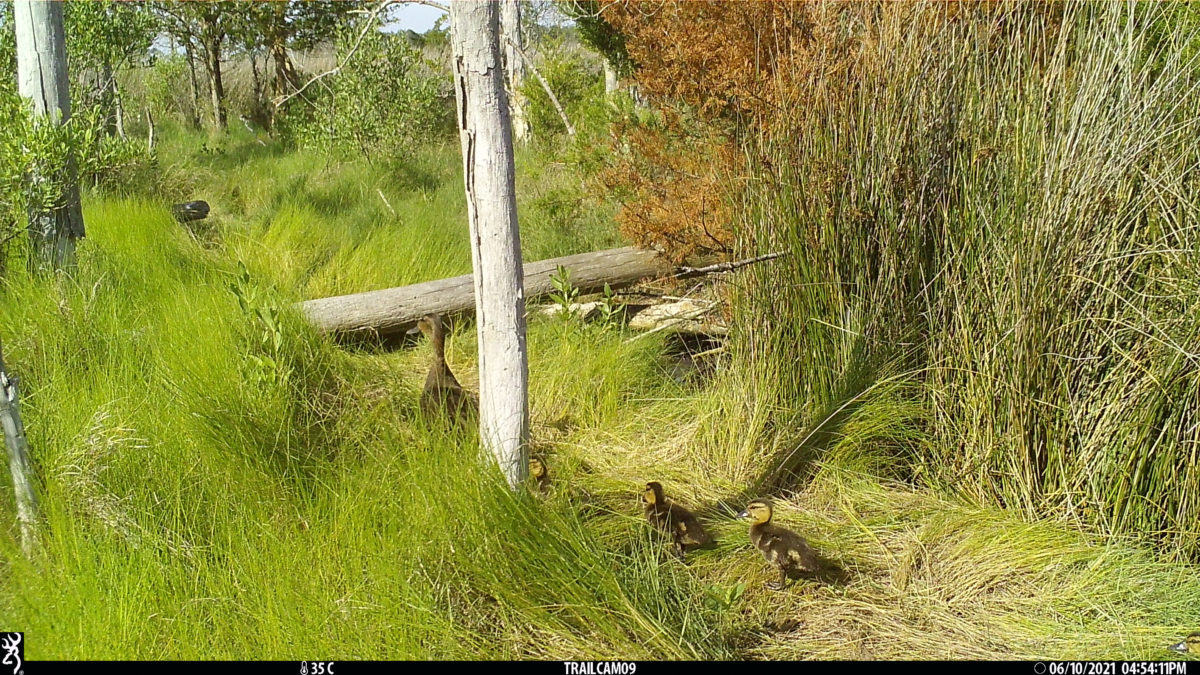Trail Cameras Capture Bayside Birdlife

Ripening Fruits Fuel Migrating Songbirds
October 6, 2022
Tracking Whimbrel
October 6, 2022By: Chance Hines
10/4/2022
The bayside of Virginia’s Eastern Shore supports some of the most extensive saltmarsh habitat in the state and has been designated as an Important Bird Area by the Audubon Society. During the summer breeding season, these marshes come to life with seaside sparrows singing from the needlerush stems, clapper rails “keking” along tidal guts, and orchard orioles announcing their presence from snags in high-marsh hummocks. This was also the last location in the state where several extirpated or nearly extirpated marsh birds like coastal Henslow’s sparrows, sedge wrens, and black rails could be heard during the breeding season.
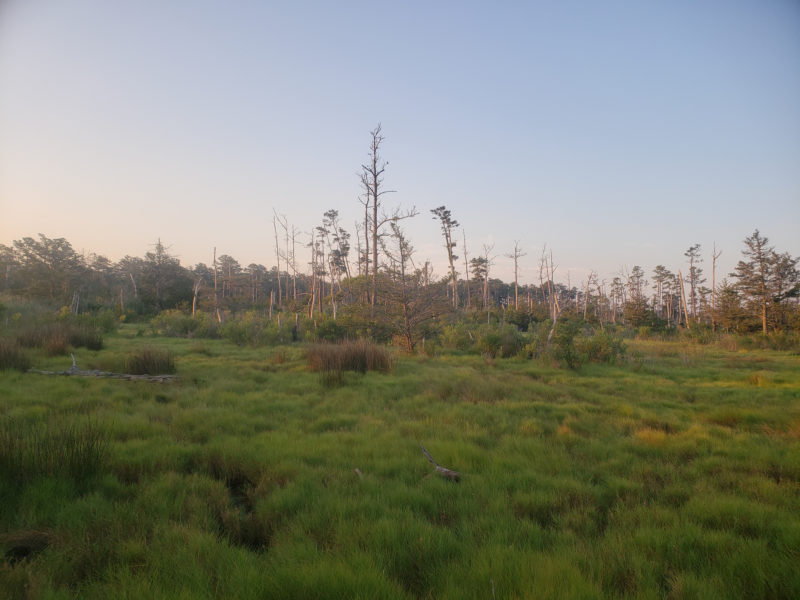
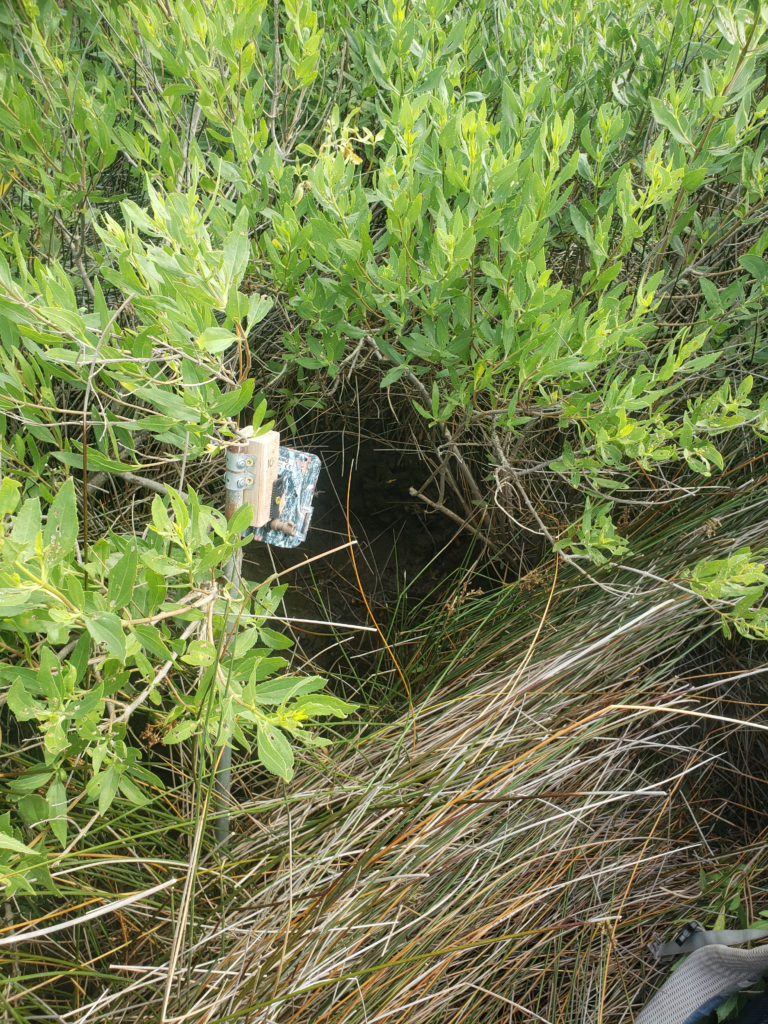
The Center for Conservation Biology has recently started a joint project with the Virginia Institute of Marine Science to better understand which species are breeding in these marshes. Unfortunately, it is difficult to catch a glimpse of some breeding marshbirds because they spend most of their life hidden within dense marsh vegetation. In an effort to supplement surveys and better observe cryptic marsh-dwelling birds, CCB utilized trail cameras to capture photographs. Trail cameras were set in locations that animals were likely to frequent like game trails in high marsh habitat, tunnels through dense vegetation, shallow tidal guts, and adjacent to shallow pools of water.
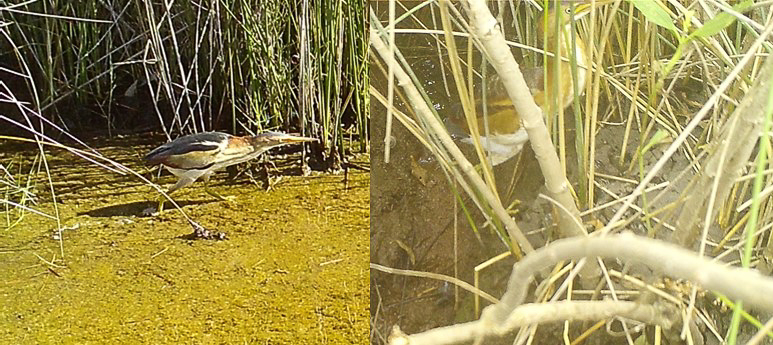
The trail cameras photographed 15 bird species, most of which are common breeders in the area. Red-winged blackbirds are ubiquitous throughout the marshes of the Eastern Shore and were the most photographed bird species (n = 77). Following red-winged blackbirds, Virginia rail (n = 40) and clapper rail (n = 37) photographs were most frequently collected by the game cameras. Juveniles for all three of these species were photographed, confirming that at least a portion of the population successfully produced young.
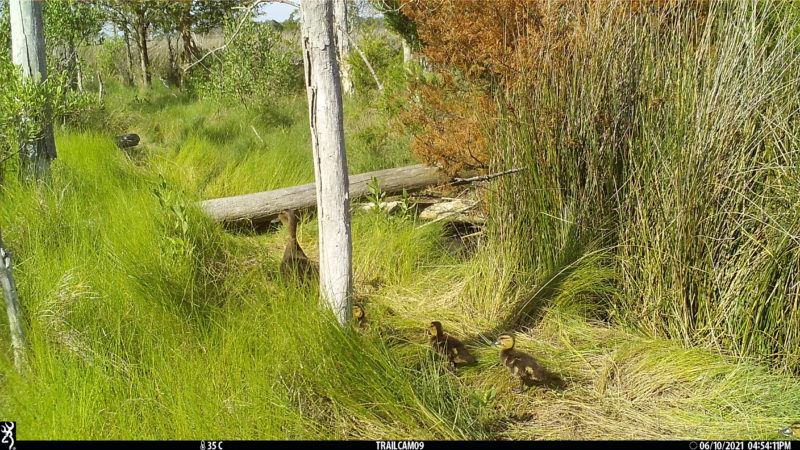
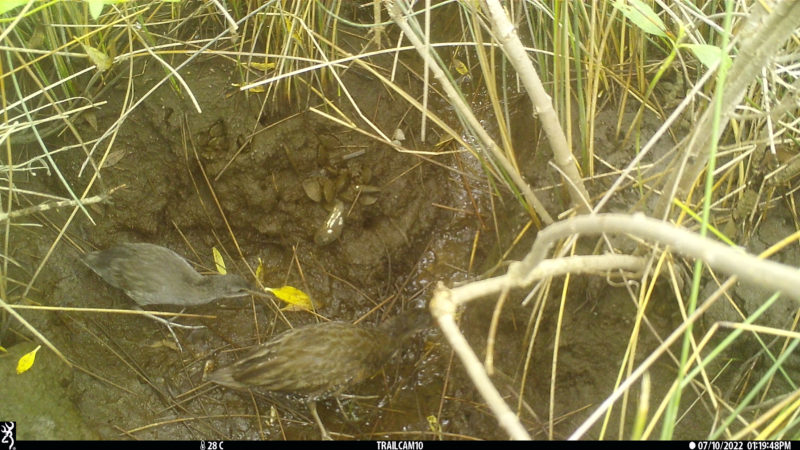
We also captured photographs that confirmed breeding for less abundant species like least bittern (n = 5) and American black duck (n = 3). Least bitterns were a surprise, as their status is poorly known within the area. We photographed this species at two saltmarsh patches and confirmed breeding with a photograph of a juvenile bird. We also photographed a female black duck with several young following behind. This species has experienced significant declines since the mid-1950s and it is not well known where breeding occurs within the bayside marshes.
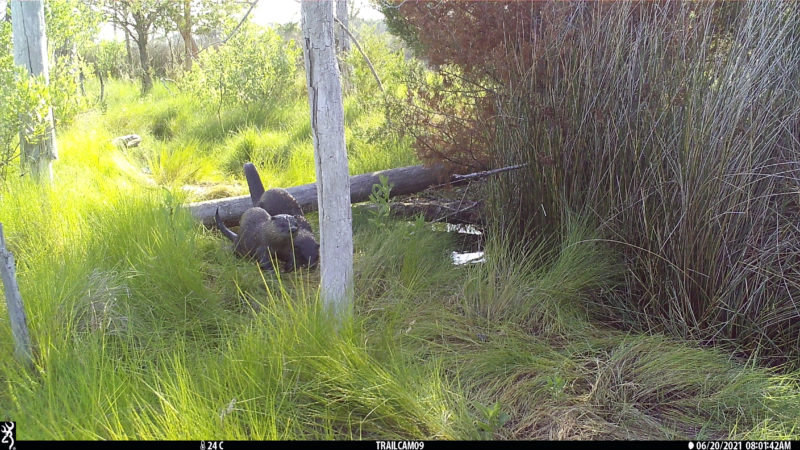
While birds were the primary target of the trail cameras, several species of mammals were also photographed. Whitetail deer were the most frequently photographed mammal (n = 165). Deer were exclusively photographed using high marsh areas where otters (n = 72) and red fox (n = 7) were also photographed. Muskrats (n = 6) were exclusively photographed in low marsh tidal guts while raccoons (n = 88), marsh rice rats (n = 40), and meadow voles (n = 13) were photographed in a variety of marsh habitats. Spending time among the various birds and mammals found along the bayside saltmarshes of the Eastern Shore can be an amazing experience. However, many of these marshes are in private hands so access is limited. Saxis Wildlife Management Area comprises several large marsh patches and is your best bet for locating the species we captured on camera. The WMA is free to access by boat, kayak, or along Rt. 695. A Restore the Wild Membership, Virginia hunting license, freshwater fishing license, boat registration, or an access permit is required to access marsh habitat on foot.

